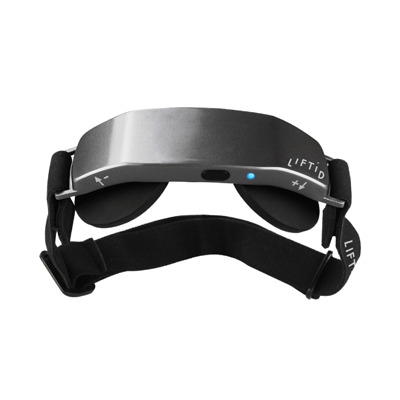In a recent podcast featured on Techstination, Ken Davidoff of RPW Technology and Dr. Ted Schwartz, MD, a New York based neurosurgeon and RPW’s lead scientist, introduce LIFTiD—a brand new, consumer grade tDCS wearable devices promising to take stimulating the brain to the next level. Ken explains that LIFTiD is meant to replace traditional means of chemical stimulation such as caffeine, sugar, and other forms of chemical performance enhancers by inducing a similar effect in the brain through electrical stimulation.
Marketed toward young working professionals, video gamers, students, musicians, athletes, and other individuals whom might require an over-abundance of chemical stimulants—LIFTiD is set to be a promising, more fashionable alternative to the other consumer grade tDCS devices on the market. The device itself is said to be one of the easiest to operate out of all available consumer tDCS devices—requiring only a push of a button after setting up the sponge electrodes for 20 minutes of stimulation at 1.2 mA of current.
At 149 USD, LIFTiD is currently being sold on Caputron, with free shipping within the US. For a limited time, the device can be purchased for 49 only USD only using code “liftid” while limited early adopter supplies last. We suggest taking advantage of this discount as soon as possible as we are not sure how long it will last.

We also purchased our own LIFTiD device and are planning to do an in depth review, stay tuned for that review coming up soon!
For more information about LIFTiD, visit https://www.getliftid.com/.




